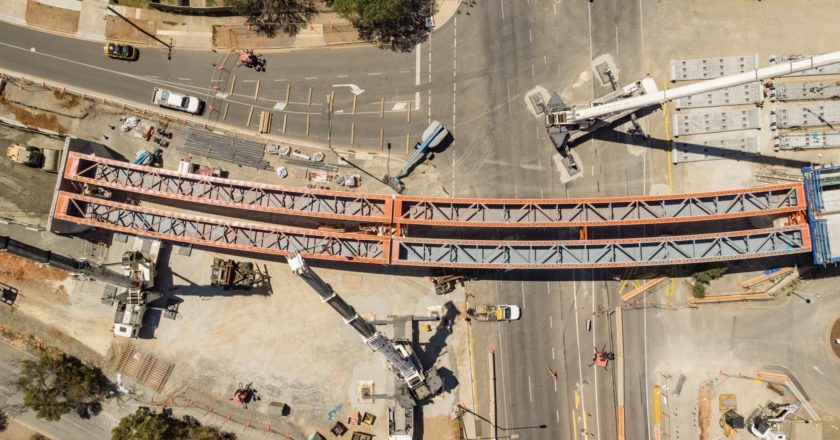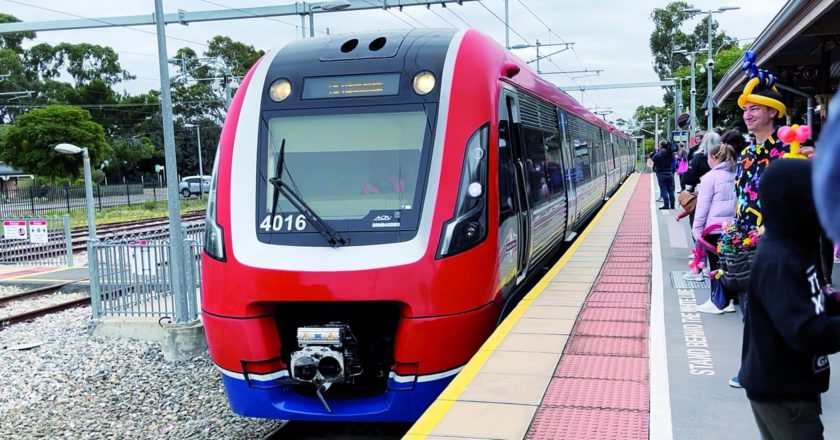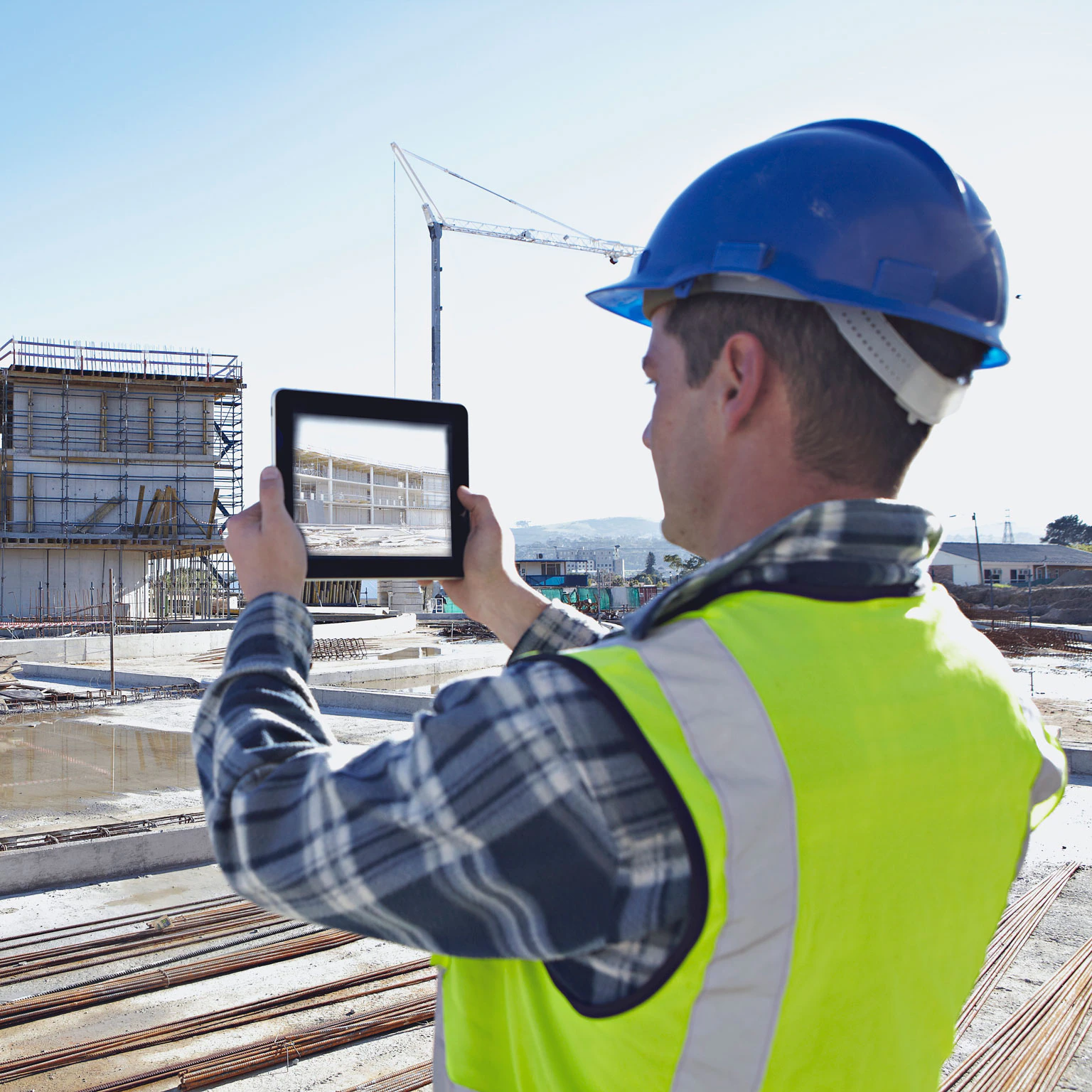The Gawler Line Electrification Project, adopted by the South Australian government, aims to coordinate the electrification and modernization of the Gawler and Adelaide rail lines. The 8-kilometre tracks within the city of Gawler will offer faster, cleaner, and more reliable services (ABC Radio Adelaide, 2022). This project also includes the development of 78 km of the electrified rail line from Gawler to Seaford. The budget is calculated based on contributions from various stakeholders, including $615 million from the state government ($395 million) and the Australian government ($220 million). This project aims to provide an electrified rail line that supports increased capacity and improved regional services.

The main contractor for the Gawler Electrification was Land Lease, responsible for designing and constructing the rail line’s electrification. Stage 1 of the electrification and construction began in January 2018, and in July 2018, it was expanded to include Stage 2, which involved the electrification of the rail line from Sainsbury to Gawler (Gashaw and Jilcha, 2020).
Additionally, the project provided employment opportunities through the North Hub On-Site Employment and the Skill and Training Centre established by Land Lease. In April 2022, the project entered its final stage, with critical testing underway. The contractor focuses on accommodating temporary changes to local traffic, improving pedestrian safety, upgrading stations, and gathering passenger information to ensure the successful completion of the project while meeting project requirements.
Also, Read A Report on Bandra-Worli Sea Link: Conceptual Design Process COIT20275
Project Stakeholders of Gawler Line Electrification
Stakeholders play a crucial role in successfully delivering a project, as meeting their requirements is the foundation for developing and executing a project plan (Investment.Infrastructure.Gov.Au, 2022). The following are the identified stakeholders for the Gawler Electrification Rail Project:
- – Adelaide City government
- – Gawler City government
- – Land Lease
- – Engineers
- – Contractors
- – Community members
- – General public of Adelaide and Gawler cities
- – NorthHub
- – South Australian Government
- – Gawler State government
- – Both the Australian and South Australian Governments.
Project Context of Gawler Electrification Rail Project
When examining the delivery of the project and analyzing the outcomes, it is crucial to note that the South Australian government aimed to modernize and electrify the Gawler rail line in Adelaide. The city of Gawler utilises the electrification project, with approximately 21,000 passengers accessing the line daily (Jimenez-Octavio et al., 2013). Prime Minister Michael Mac Cormack announced that fifteen electric trains would be added to the modernization project, which will increase the capacity of the electrified rail line by 15% during peak hours.

Using clean and green energy to power, the electrified rail line will provide high-performance trains, enhancing the daily commuting experience while ensuring reliability and safety. Internally, the project is seen as a valuable investment in the public transport sector, providing comfortable services to the people of South Australia and contributing to economic growth by constructing the newly electrified rail line between Adelaide and Gawler (Liu and Wilkinson, 2013). The project was initially planned to be completed by early 2022, but due to unforeseen circumstances, it was delayed. The budget for the project was $615 million, with an additional $175 million allocated for purchasing different electric trains.
Also, read “Creating Value In International Business With Entrepreneurship Practices”
Approach to Project Risk Assessment of Gawler Rail Electrification
The risk management strategy for the electrification railway project involves adopting a systematic approach that follows ISO31000 risk management standards. This approach encompasses a four-phase logical framework where the first step is to identify potential risks by reviewing relevant literature and identifying ten key risk factors. The second step is to assess and prioritize these risks using a risk evaluation matrix.
The final steps include reducing and mitigating risks, developing contingency plans, and constantly monitoring risk factors using various methods and tools. The contractor, project team, and owners of the Gawler electrification railway project have adopted this approach to ensure the project’s success and minimize potential risks.

10 Risk identification of Gawler Line Electrification
A risk register and risk assessment matrix will be utilised to understand the risks associated with the Gawler electrification railway project. This will aid in identifying the various categories of risk and the frequency of their likelihood and impact on the project outcome. The risk identification involves ten potential risks associated with the project and will explain the risk matrix to highlight the potentiality of risks.
To know in detail about the risk and its assessment, follow the below PDF.
risk-assessment-of-rail-projectRecommendation for Gawler Rail Electrification
To sum up the report, it can be said that it is focused on the Gawler electrification railway project in South Australia, which is supported by both the South Australian state government and the central government. The initial budget for the project was $615 million, but it has since increased to $750 million due to delays. The report conducted a project risk assessment by identifying and evaluating 10 significant risks associated with the electrification railway project.
Different risk assessment tools were used to assess each risk, and based on the evaluation, a treatment plan and cost-benefit analysis were presented in the report. As a result, it can be seen that the proposed treatments are efficient, but some recommendations for the project can still be made based on the evaluation.
Recommendation for Gawler Rail Electrification
- Creating a comprehensive procurement plan for the project and its construction activities to be carried out in an organized fashion.
- Forming a committee to regularly assess the vegetation along the electrification line to manage visits and minimize risk.
- Providing additional training and development to the management team to address management issues.
- Establishing a reliable communication channel between the project team and other stakeholders to ensure a smooth flow of information related to the project.
- The government should monitor and prevent any delays in construction work by implementing proper control measures.
- Managing construction risks, such as employing additional labour and providing safety gear to the workforce, is essential for the project manager and contractor to enhance performance.

